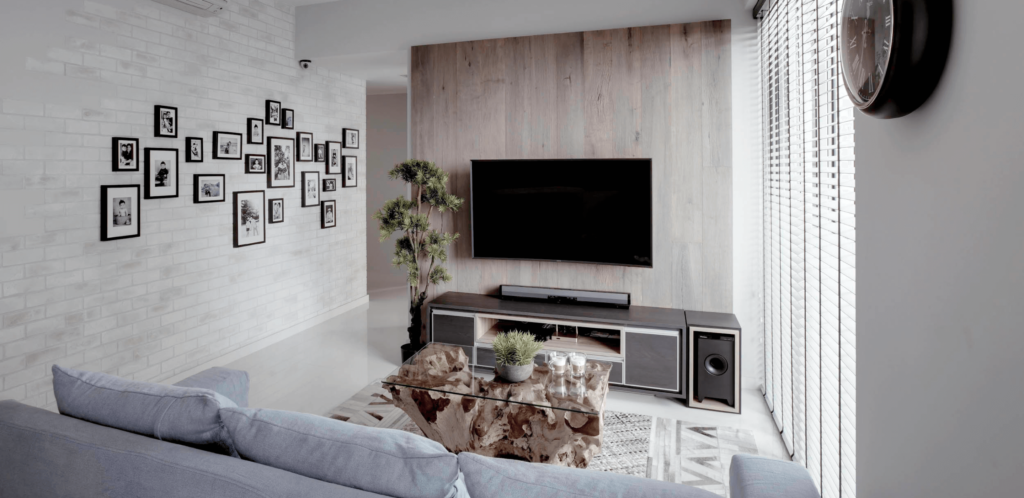To achieve the Japandi design, make sure to apply minimalist principles to keep things clean and simple. This applies to both furniture and decoration in the house. When choosing furniture, look for high-quality pieces that are practical too.
Before you start designing, declutter the space and discard what you don’t need. Not only does it stop overconsumption, it prevents you from hoarding and keeping any items that are no longer useful. You can maintain the Scandi look by decluttering your home on a regular basis.
On top of that, similar to minimalism, we want to create simple clean lines in the home. Make use of sleek elements that give you storage, convenience and can last for a long time.

